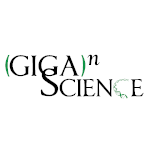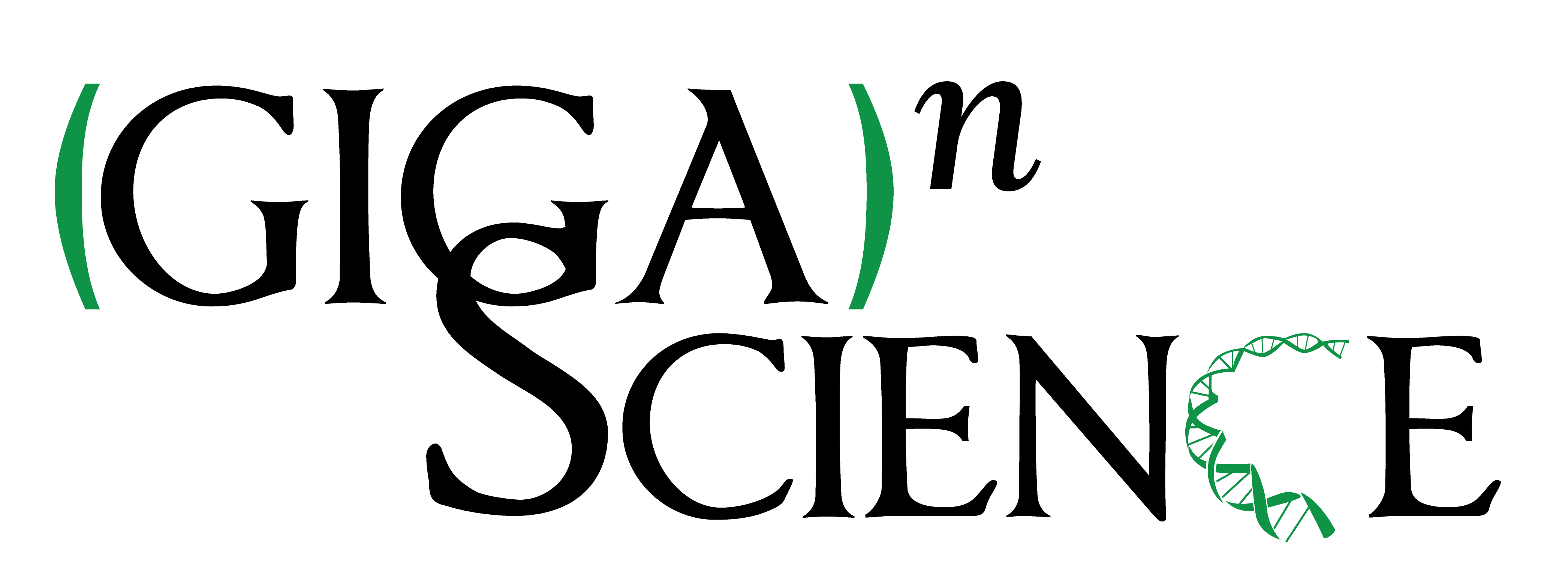Mammalian genomic regulatory regions predicted by utilizing human genomics, transcriptomics, and epigenetics data
This article has been Reviewed by the following groups
Discuss this preprint
Start a discussion What are Sciety discussions?Listed in
- Evaluated articles (GigaScience)
Abstract
Genome sequences for hundreds of mammalian species are available, but an understanding of their genomic regulatory regions, which control gene expression, is only beginning. A comprehensive prediction of potential active regulatory regions is necessary to functionally study the roles of the majority of genomic variants in evolution, domestication, and animal production. We developed a computational method to predict regulatory DNA sequences (promoters, enhancers, and transcription factor binding sites) in production animals (cows and pigs) and extended its broad applicability to other mammals. The method utilizes human regulatory features identified from thousands of tissues, cell lines, and experimental assays to find homologous regions that are conserved in sequences and genome organization and are enriched for regulatory elements in the genome sequences of other mammalian species. Importantly, we developed a filtering strategy, including a machine learning classification method, to utilize a very small number of species-specific experimental datasets available to select for the likely active regulatory regions. The method finds the optimal combination of sensitivity and accuracy to unbiasedly predict regulatory regions in mammalian species. Furthermore, we demonstrated the utility of the predicted regulatory datasets in cattle for prioritizing variants associated with multiple production and climate change adaptation traits and identifying potential genome editing targets.
Article activity feed
-

Now published in GigaScience doi: 10.1093/gigascience/gix136
Quan H. Nguyen 1CSIRO Agriculture, 306 Carmody Road, St. Lucia, 4067, QLD, Australia2Divisions of Genomics of Development and Disease, Institute for Molecular Bioscience, University of Queensland, 306 Carmody Road, St. Lucia, 4067, QLD, AustraliaFind this author on Google ScholarFind this author on PubMedSearch for this author on this siteORCID record for Quan H. NguyenRoss L. Tellam 1CSIRO Agriculture, 306 Carmody Road, St. Lucia, 4067, QLD, AustraliaFind this author on Google ScholarFind this author on PubMedSearch for this author on this siteORCID record for Ross L. TellamMarina Naval-Sanchez 1CSIRO Agriculture, 306 Carmody Road, St. Lucia, 4067, QLD, AustraliaFind this author on Google ScholarFind this author on PubMedSearch for this author on this siteORCID record for …
Now published in GigaScience doi: 10.1093/gigascience/gix136
Quan H. Nguyen 1CSIRO Agriculture, 306 Carmody Road, St. Lucia, 4067, QLD, Australia2Divisions of Genomics of Development and Disease, Institute for Molecular Bioscience, University of Queensland, 306 Carmody Road, St. Lucia, 4067, QLD, AustraliaFind this author on Google ScholarFind this author on PubMedSearch for this author on this siteORCID record for Quan H. NguyenRoss L. Tellam 1CSIRO Agriculture, 306 Carmody Road, St. Lucia, 4067, QLD, AustraliaFind this author on Google ScholarFind this author on PubMedSearch for this author on this siteORCID record for Ross L. TellamMarina Naval-Sanchez 1CSIRO Agriculture, 306 Carmody Road, St. Lucia, 4067, QLD, AustraliaFind this author on Google ScholarFind this author on PubMedSearch for this author on this siteORCID record for Marina Naval-SanchezLaercio R. Porto-Neto 1CSIRO Agriculture, 306 Carmody Road, St. Lucia, 4067, QLD, AustraliaFind this author on Google ScholarFind this author on PubMedSearch for this author on this siteORCID record for Laercio R. Porto-NetoWilliam Barendse 3School of Veterinary Science, University of Queensland, Gatton, 4343, QLD, AustraliaFind this author on Google ScholarFind this author on PubMedSearch for this author on this siteORCID record for William BarendseAntonio Reverter 1CSIRO Agriculture, 306 Carmody Road, St. Lucia, 4067, QLD, AustraliaFind this author on Google ScholarFind this author on PubMedSearch for this author on this siteBenjamin Hayes 4The Queensland Alliance for Agriculture and Food Innovation (QAAFI), University of Queensland, 4067, QLD, AustraliaFind this author on Google ScholarFind this author on PubMedSearch for this author on this siteJames Kijas 1CSIRO Agriculture, 306 Carmody Road, St. Lucia, 4067, QLD, AustraliaFind this author on Google ScholarFind this author on PubMedSearch for this author on this siteORCID record for James KijasBrian P. Dalrymple 1CSIRO Agriculture, 306 Carmody Road, St. Lucia, 4067, QLD, Australia5Institute of Agriculture, The University of Western Australia, Perth, Western Australia, 6009, AustraliaFind this author on Google ScholarFind this author on PubMedSearch for this author on this siteORCID record for Brian P. DalrympleFor correspondence: brian.dalrymple@uwa.edu.au
A version of this preprint has been published in the Open Access journal GigaScience (see paper https://doi.org/10.1093/gigascience/gix136 ), where the paper and peer reviews are published openly under a CC-BY 4.0 license.
These peer reviews were as follows:
Reviewer 1: http://dx.doi.org/10.5524/REVIEW.101018 Reviewer 2: http://dx.doi.org/10.5524/REVIEW.101019
-
-

